Jesus is the Son of God; He is Truly Divine
Nineteenth Sunday in Ordinary Time, Year A
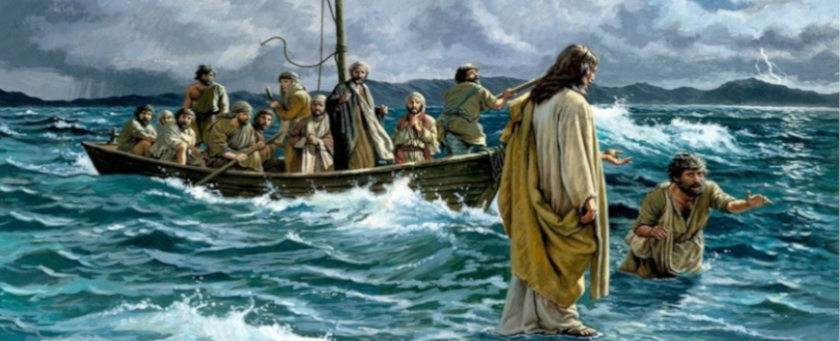
Readings:
1 Kgs. 19:9a, 11-13a; Ps. 85; Rom. 9:1-5; Mt. 14:22-33
Last week, we celebrated the Feast of the Transfiguration, when the glory of the Lord was revealed to Peter, James, and John on the mountain. This week, we hear how God reveals himself to Elijah on the mountain, and in the gospel how Jesus goes up the mountain by himself to pray. It would seem there is quite a bit of mountain imagery in our readings as of late. What are these mountains all about? In the ancient world, because mountains were the highest elevations on earth, reaching into the heavens, they became known as the dwelling places of God. Different nations all had mountains where they set up shrines and worshiped their deities. And in the history of the people of Israel, the mountain was the place where the people encountered God. It was on the mountain Moses received the 10 Commandments; it was on the same mountain Elijah received his mission; it was on the mountain Jesus was transfigured; and in today’s gospel, Jesus goes up the mountain to pray. Now, it is always good to look at the context of a Biblical passage to draw meaning out of the text. So, let us focus on what Matthew is trying to tell us about Jesus.
First, we are told that after Jesus had fed the people, he instructed his disciples to get into a boat and precede him to the other side. Throughout the gospel, Jesus is making trips back and forth across the Sea of Galilee. This is significant because one side of the sea was Israelite territory, while the other side was pagan. Jesus ministers to both. And at this point in the gospel, Jesus and his disciples were in Israelite territory. After Jesus had fed the five thousand, he was ready to embark on another trip across the sea, but before his voyage, he goes up the mountain to pray. Jesus models for us the ideal approach to ministry—always begin with prayer. But, is there something more Matthew is trying to convey here about Jesus? Could it be that Matthew is trying to show us the connection between Jesus and God, who dwells on the mountain?
The passage immediately shows how the disciples are struggling in the boat on the sea because the wind was against it. This image of the disciples in the boat has long been used as an image of the Church. We are all voyagers in the boat of the Church. And we might envision this boat with a giant sail on it, moving towards heaven. But, what happens when the wind is blowing the opposite direction? Sometimes it is like that in our spiritual journey. Sometimes it feels like we are being pushed backward, or walking up hill, or treading water. This is the kind of picture Matthew is painting for us as we read about the disciples in the boat.
But, what about Jesus? Where is Jesus during the storm? Where is the one who feeds thousands? Where is the one who lifts us out of the water? Where is the one who calms the storm? He comes to the disciples walking on water—not something an ordinary man can do. And their response to seeing him is one of fear. They think he is a ghost and cry out in fear. But, Jesus comforts them, saying, “It is I; do not be afraid.” Again, we have to ask what is Matthew trying to tell us about Jesus? Who but God could walk on water in the middle of a great storm? The disciples would have to recognize that there is something about Jesus that is not like anyone they have encountered.
And there is still a question that needs to be answered by all in the boat, including all of us. Do we believe that Jesus can walk on water? Do we believe that he can calm the storm? Do we believe, like Peter, that if the Lord commanded it, we too, could walk on water? Because that is message of this gospel passage, namely, that we are invited to have faith in Jesus, who sees his disciples in trouble from the mountain, where God dwells, comes to them in their distress, helps them walk on water, and calms the storm. Jesus enables us to do things far greater than we could ever imagine. It should be clear now that Matthew is trying to show us that Jesus is in fact Divine, which is why the passage ends with statement of faith: “Truly, you are the Son of God.”
And so, as we face the storms in our own Christian voyage, let us be mindful that the Lord is always watching, and is ever present to us in the boat, which is the Church. The Church is the place where we encounter our Lord in prayer and in sacrament; the Church is the place where we have a sense of community and belonging; the Church is the place where we receive help and support; the Church is the place where we gather to worship in Spirit and Truth. Most especially, the Church is the place where we come to know God, who is not so distant as the mountain top, but is truly here among us, as Jesus says, “For where two or three are gathered together in my name, there am I in the midst of them” (Mt. 18:20). Therefore, may the communion we share today unite us to Christ who is truly and substantially present among us in the Most Blessed Sacrament, and may the nourishment we receive from this holy altar strengthen our faith as we continue our Christian voyage.
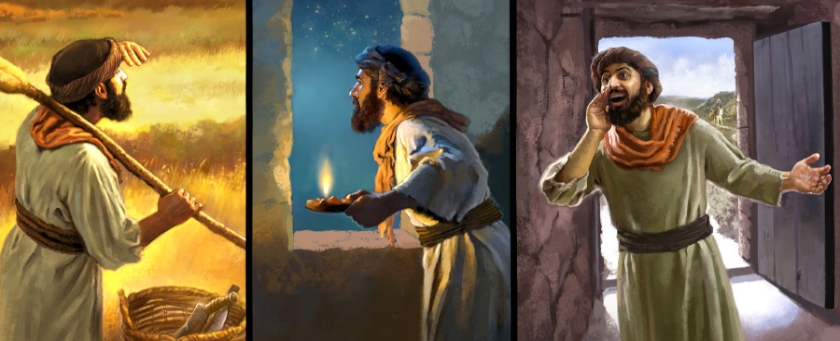
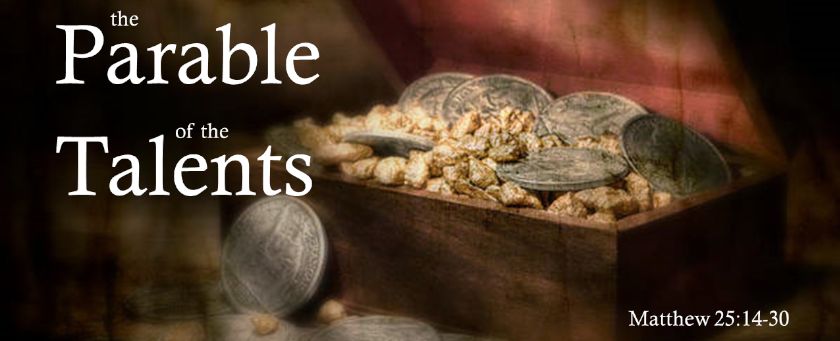
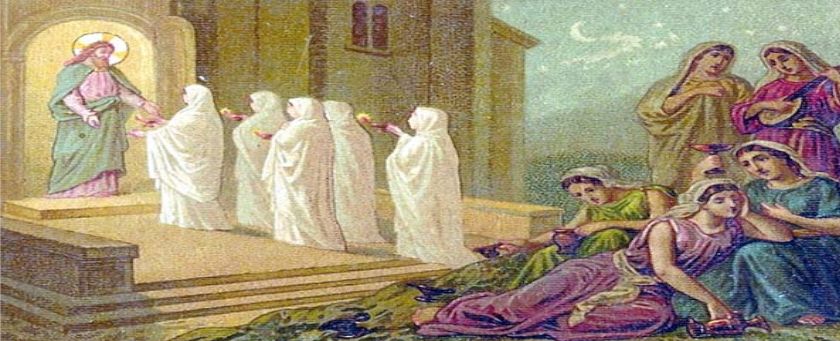

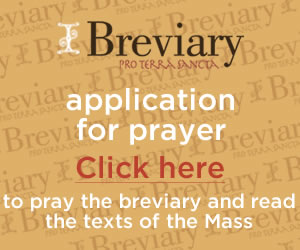
Share this post
Twitter
Facebook
Pinterest
Email